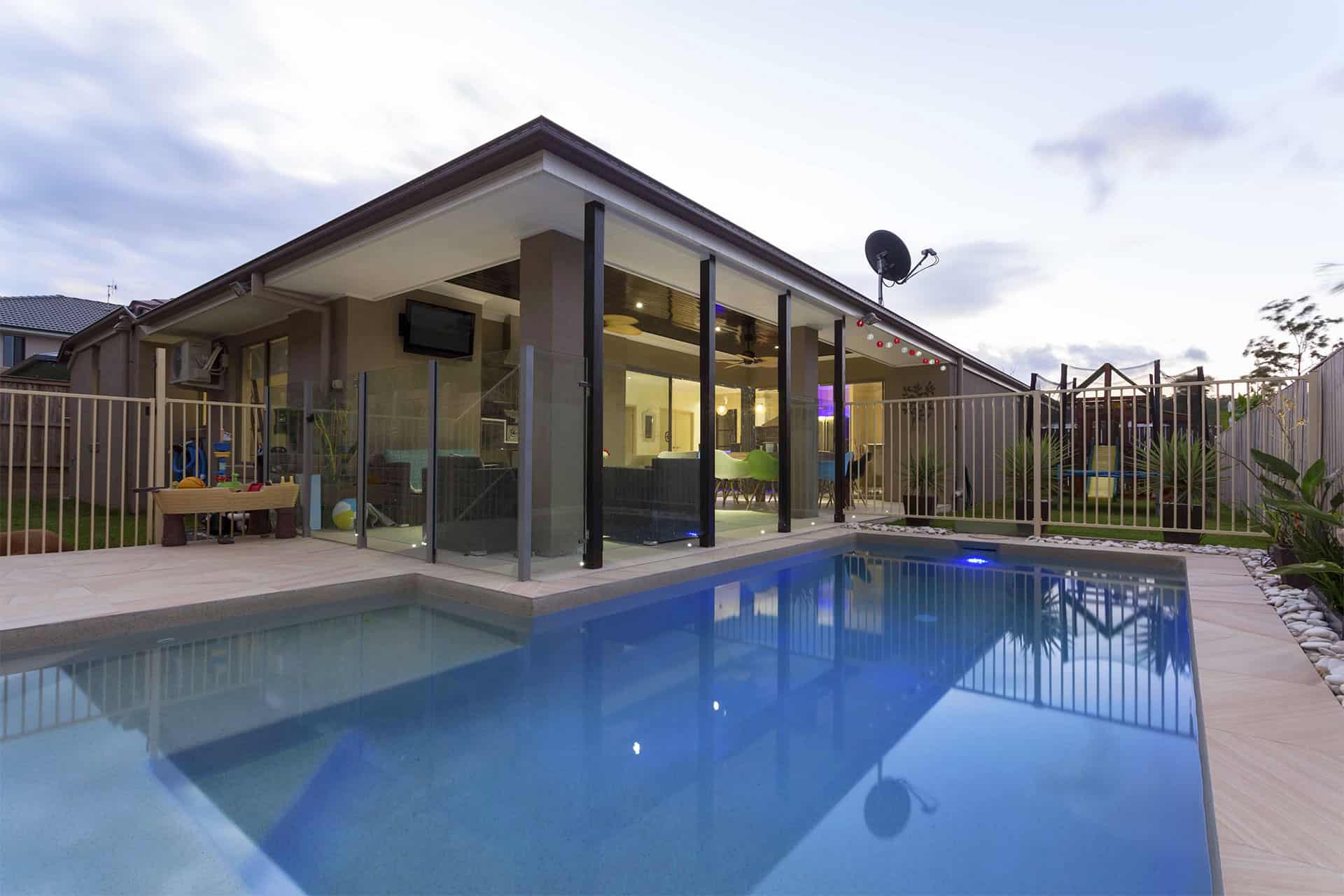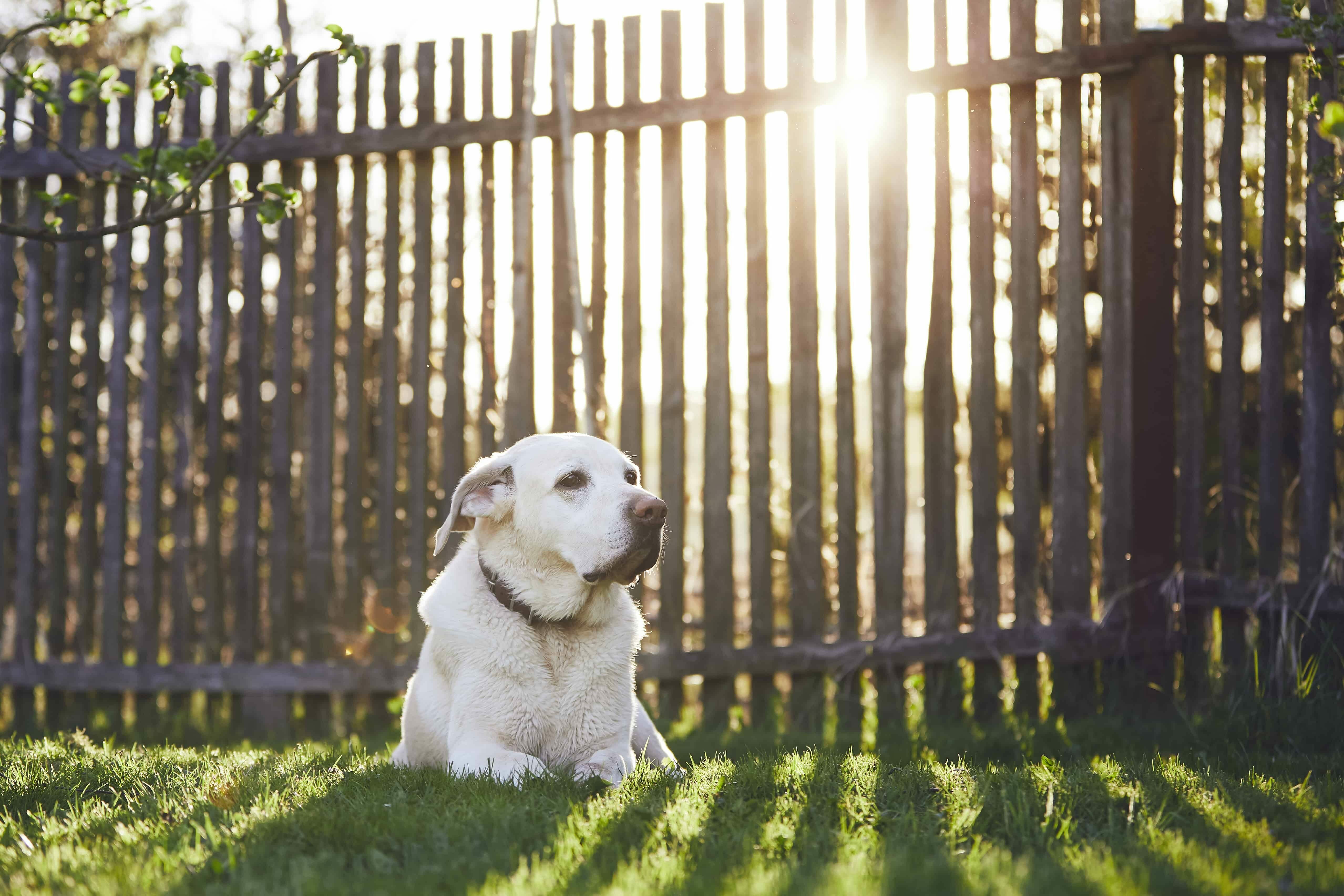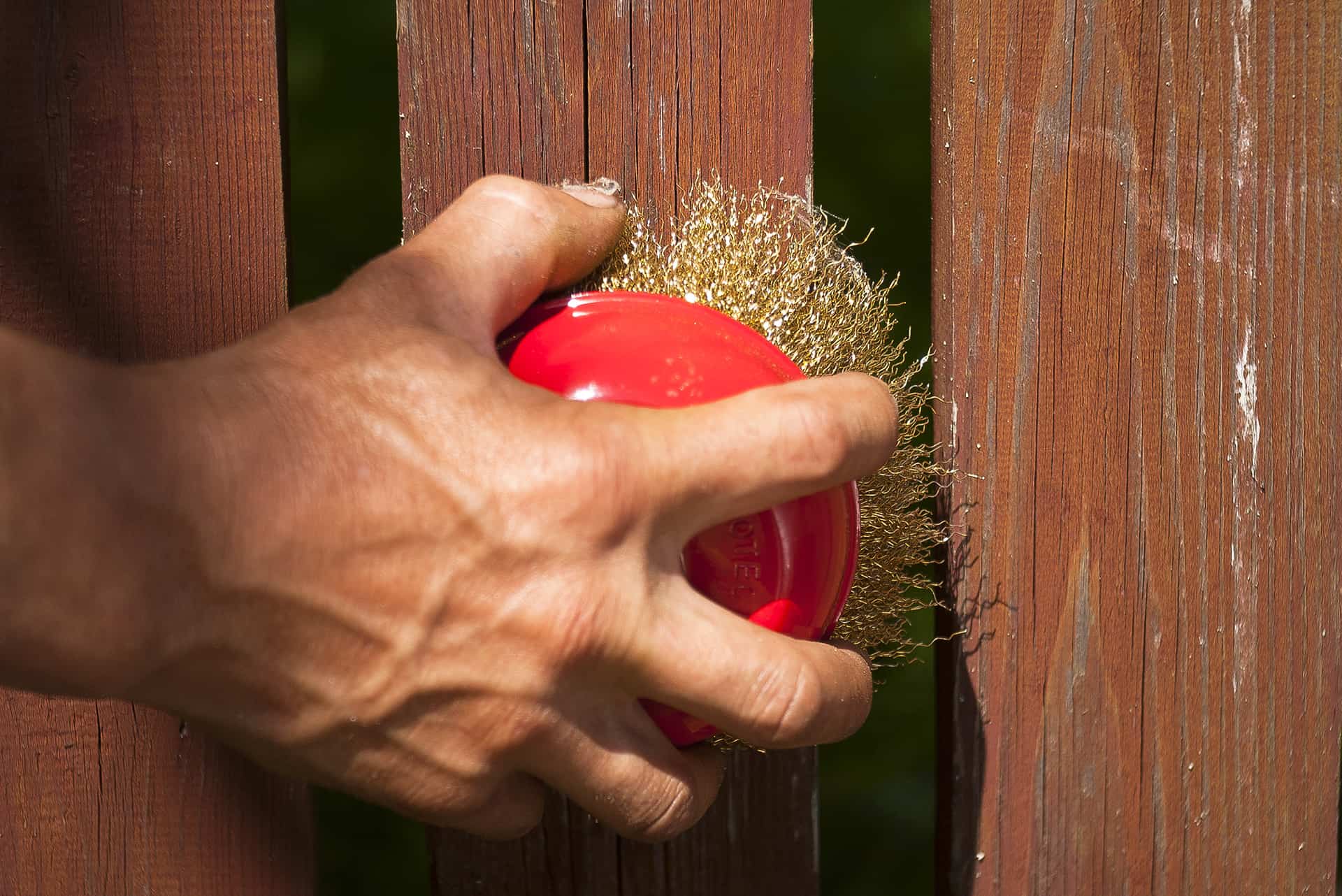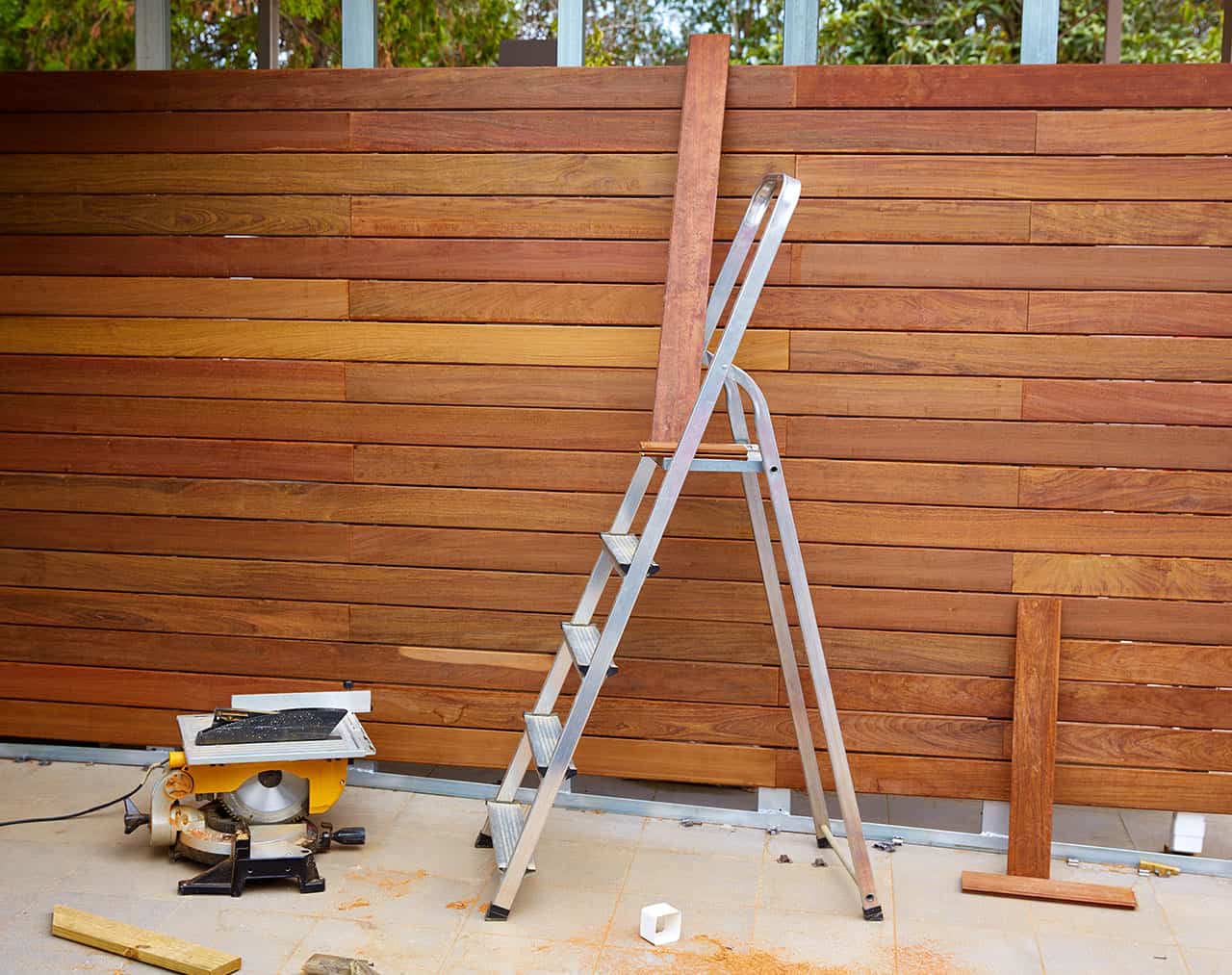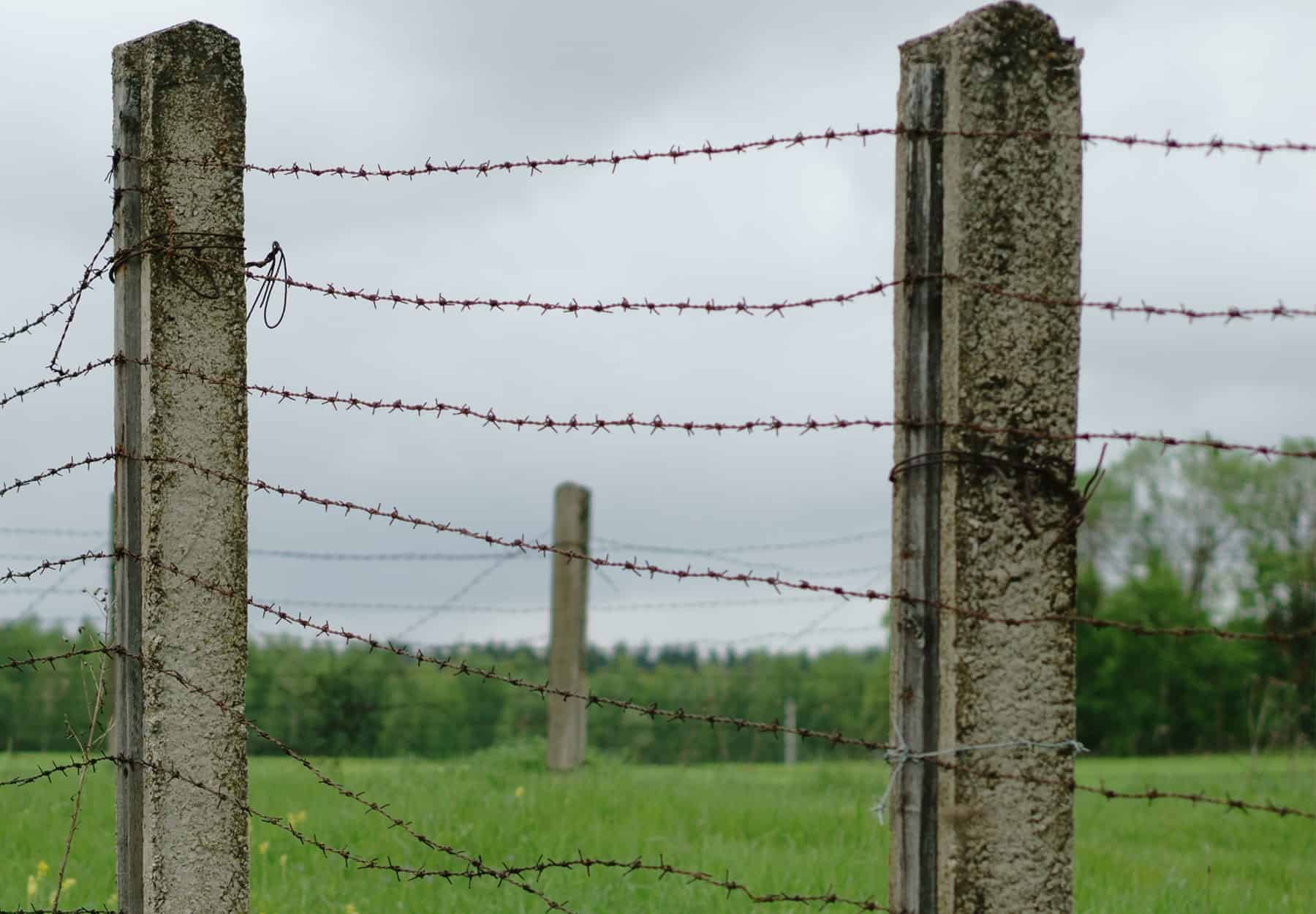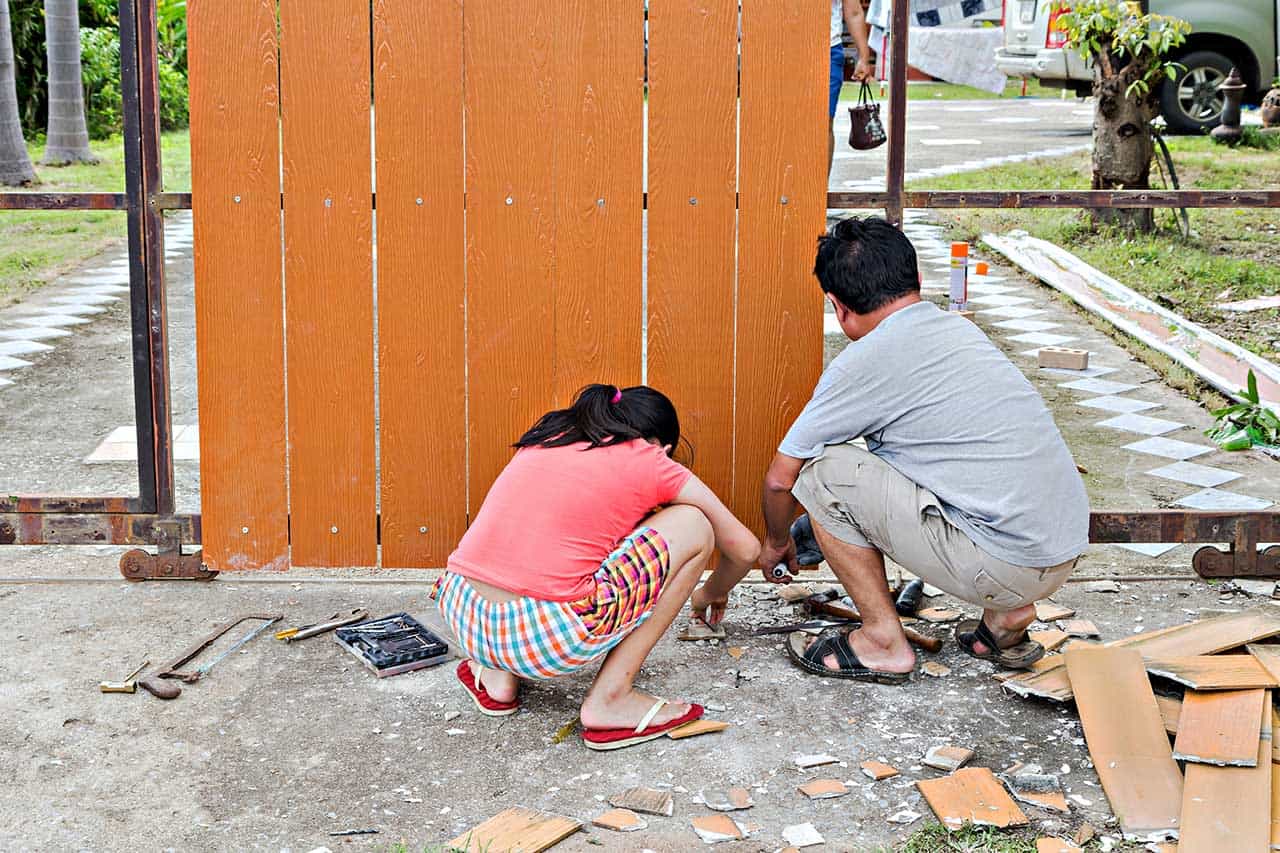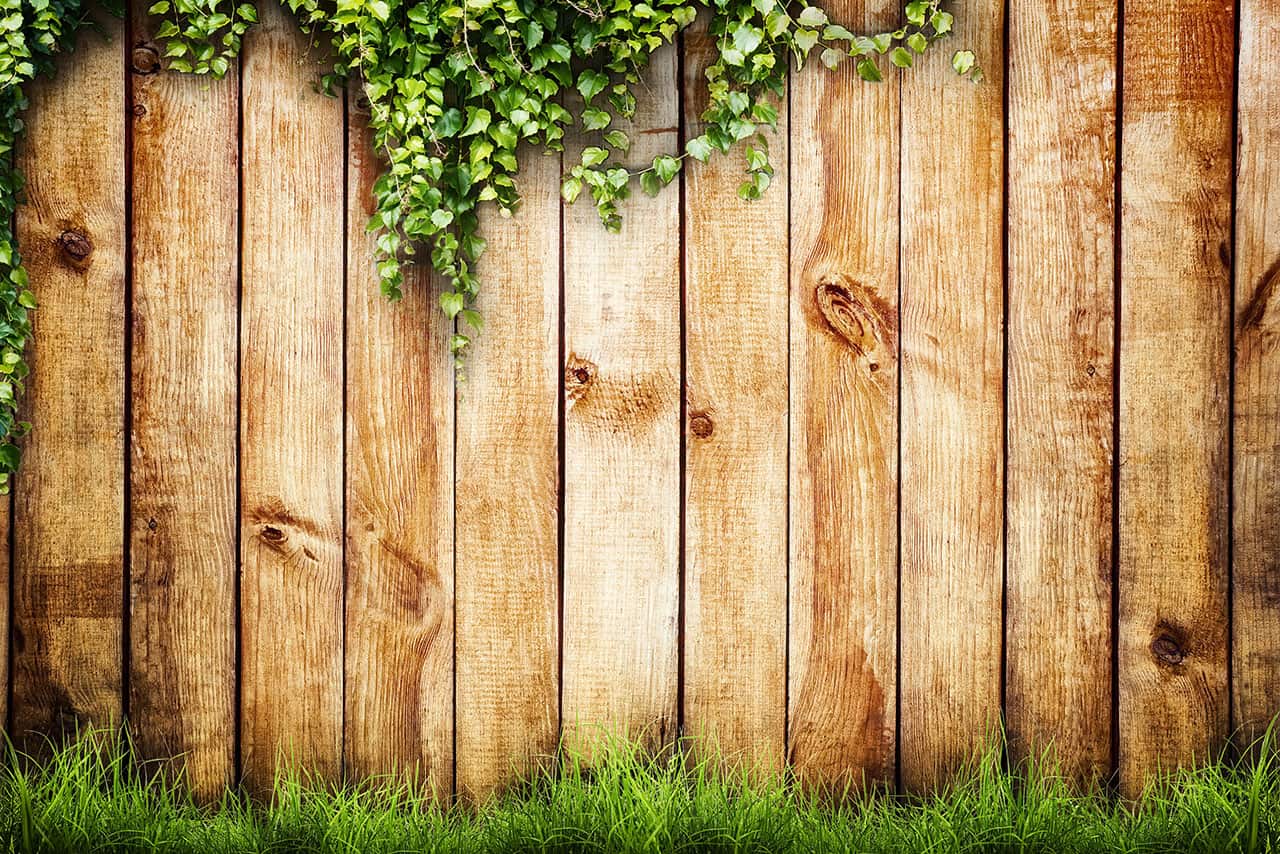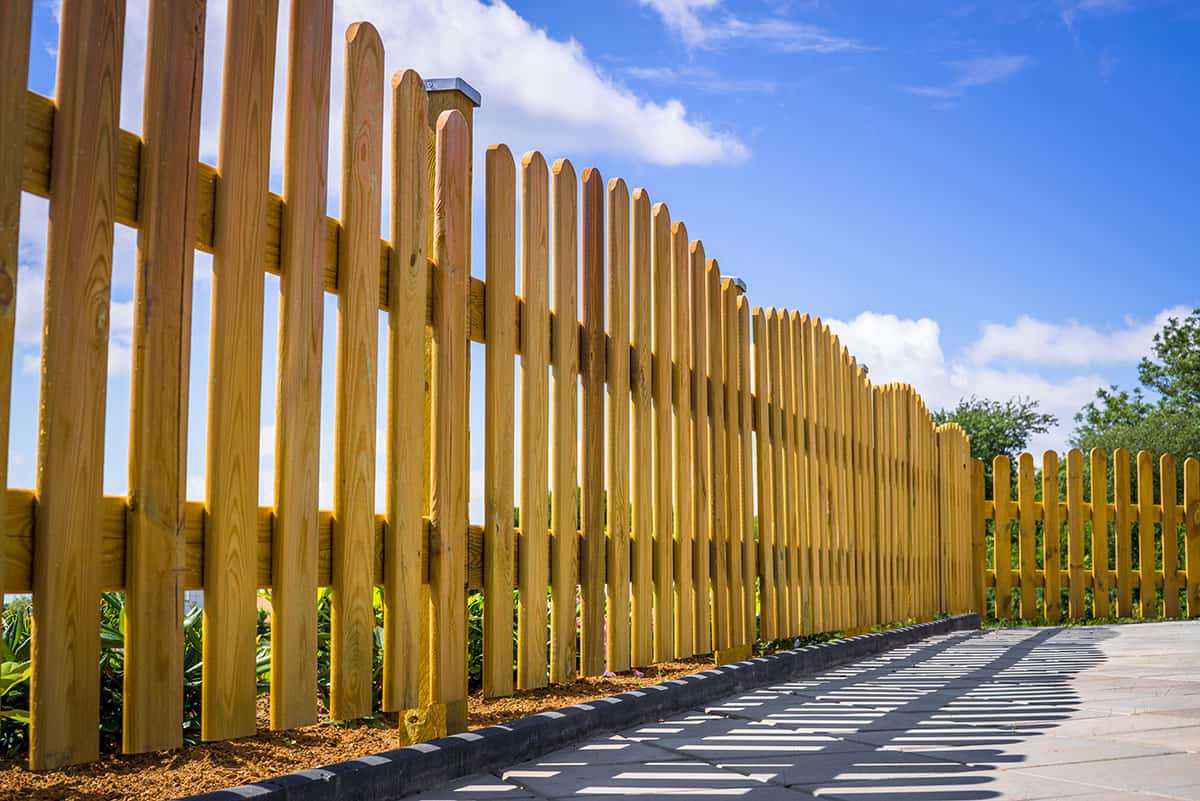Installing a Fence Around Your Pool Can Help Save Your Children’s Lives
One of the best thing about summer is having a backyard pool that you can use for cooling off. What’s more, having your own pool is a cost-effective solution for keeping the kids entertained. However, one of the biggest, and most obvious risks of having a pool is the risk of drowning.
Here at Legend Fence Corp., we understand the importance of installing a secure fence and gate system around your swimming pool. Not only will it keep children safe, it’ll also help protect adults, and animals. Here’s why it’s so important to have a secure fence around your pool.
How is a pool fence different to a normal fence?
If someone suggests installing a fence around your pool, your first thought might be of a 6-foot high wooden or chain-link fence, but this couldn’t be further from the truth. The poolside fences that we install at Legend Fence Corp. are specifically designed to improve safety while not detracting from the overall appearance of the pool.
We always ensure our mesh fences are high enough to prevent children from climbing over, secure enough to not be knocked down, but inconspicuous enough for you to still be able to admire your pool and access it easily. Here’s what you should always look for in a pool fence:
The fence needs to create a complete barrier around the pool. This might seem obvious, but plenty of people think it’s okay to simply fence off the side of the pool that’s most accessible. However, children should be stopped from accessing the pool completely unless they’re supervised.
The fence should include a gate. After all, you still need to access the pool. Importantly though, the gate should close automatically and have a self-closing latch. This is the easiest way to keep curious children from finding their way through.
A secure pool fence should be at least 4 foot tall, but realistically, the taller it is the better. However, we understand that you might not want a massive fence around your pool, so we focus on making them secure but not in the way.
Similarly, if you go for an iron fence rather than mesh, make sure the railings are close enough together that a child can’t fit through. Realistically, there should be less than a 1-inch gap between railings or slats.
Your pool fence should always be installed by professionals. While you might think you can install the fence yourself, this one is arguably more important than the fence around your property, as it’s there to stop people falling into the pool. Only a licensed professional can ensure the fence is secure enough.
What do you need to make your pool secure?
While a pool fence is definitely the best way of securing your pool, it should only be the first step in making the whole area more secure. Consider the following tips alongside your fence pool for ultimate backyard safety:
Any locks on gates or doors should be higher than usual. In most cases, a simple latch on the gate should be fine, but it needs to be high enough that small children can’t reach it. If this is impossible, consider a more secure option, such as padlocks.
Poolside alarm systems are an invaluable failsafe in case someone makes it over the fence. Proximity alarms go off when someone (or something) enters the pool, which gives you plenty of warning. After a pool fence, this is the next best thing.
Make sure children and animals aren’t left unattended around an unsecure pool. One of the biggest causes of children drowning in a backyard pool is parents turning their back, even for a minute or two.
Do everything possible to ensure at least one adult is trained in CPR. Of course you want to prevent accidents happening, but sometimes they do, and if so it can be the difference between life and death if someone is able to give CPR immediately.
Ensure your pool fence is properly maintained. Mesh fences are resistant to corrosion and rust but still need to be looked after correctly. Keeping the fence clean and painted will help it last much longer, and will decrease the risk of the fence breaking suddenly.
Consider buying a pool cover for when it’s not in use. Not only will this keep the pool clean, it’ll also help prevent people from falling in. A rigid cover is better than a soft one because it blocks off the water better.
Keeping your pool safe
Although these seem like a lot of safety measures, pools can be surprisingly dangerous. This is particularly true for small children, who often aren’t confident enough swimmers to fix a problem if one arises. So, aside from not leaving children unattended around a pool, the best thing you can do is to install a perimeter fence.
As with all fences on your property, Legend Fence Corp. recommends regularly inspecting and maintaining your pool fence, particularly during off-season. Fall and winter are arguably the seasons in which most damage will be done to the fence, either through weather or neglect.
However, we maintain that this is the best time to fix any problems with your pool fence, as it’ll save you having to do it when the weather finally turns and you want to get in the pool. We’d also recommend regular inspections of your pool fence throughout the summer, perhaps while you’re skimming or cleaning the pool. This will allow you to be proactive in solving any problems, meaning your children’s safety is never compromised.
Is it time to install a fence around your swimming pool?
Having a backyard swimming pool is great, there’s no doubt about that. However, one of the biggest responsibilities of having your own pool is making sure it’s safe, even when not in use. That’s why we at Legend Fence Corp. feel it’s so important to make people aware of a pool fence’s benefits. If you decide it’s time you got a pool fence installed, why not contact Legend Fence Corp. today? Our 15 years experience will help you find the best fence for your pool.

